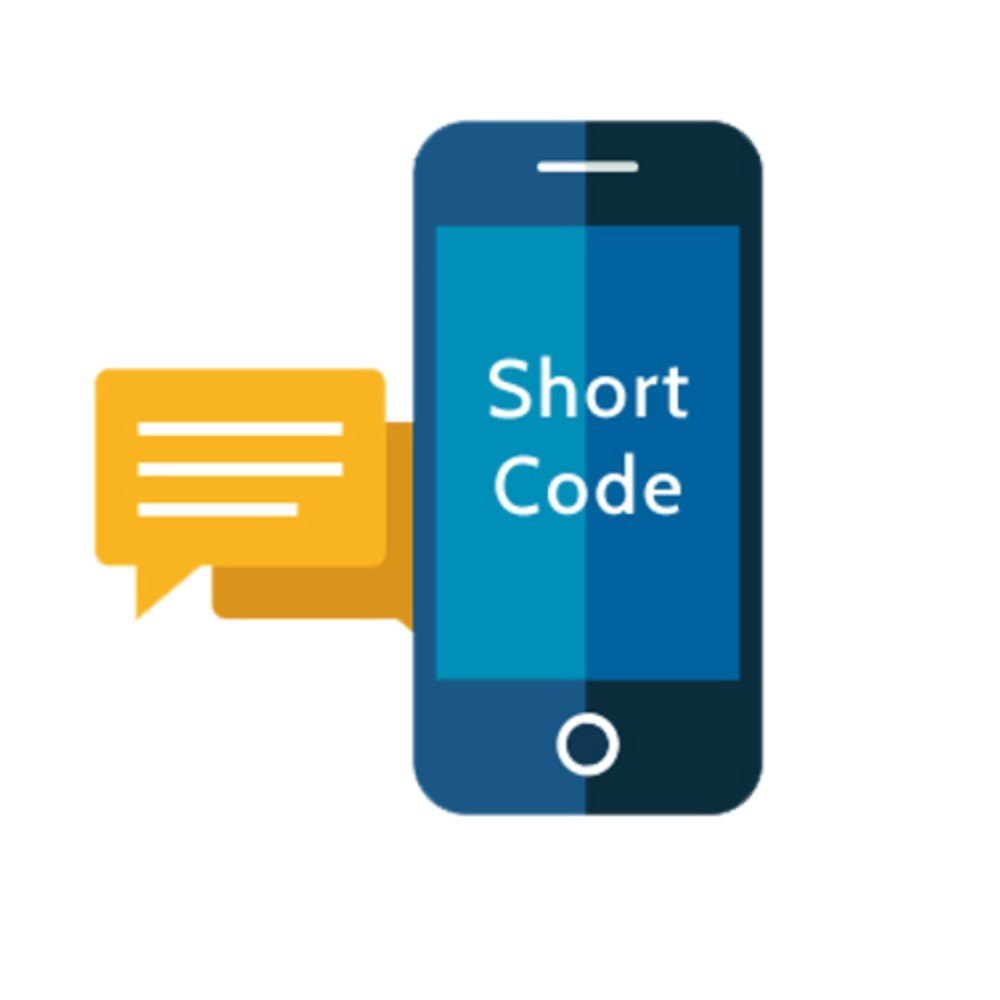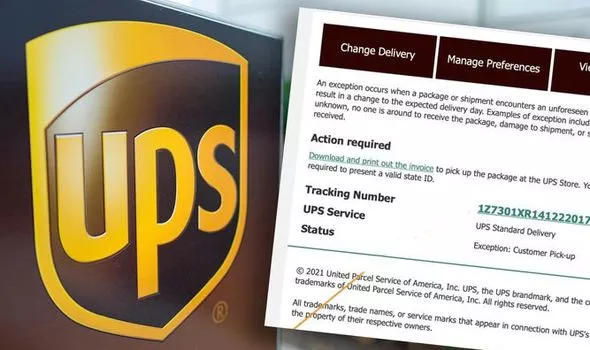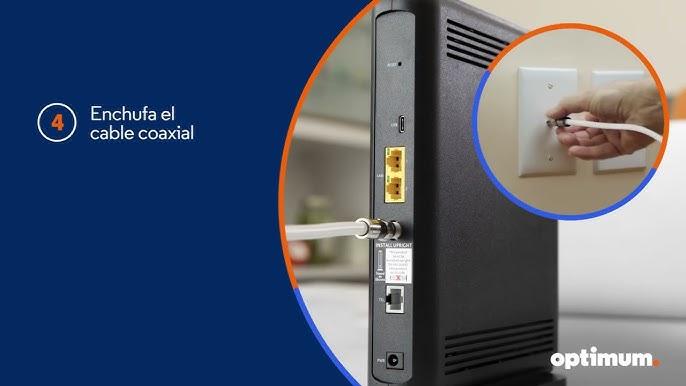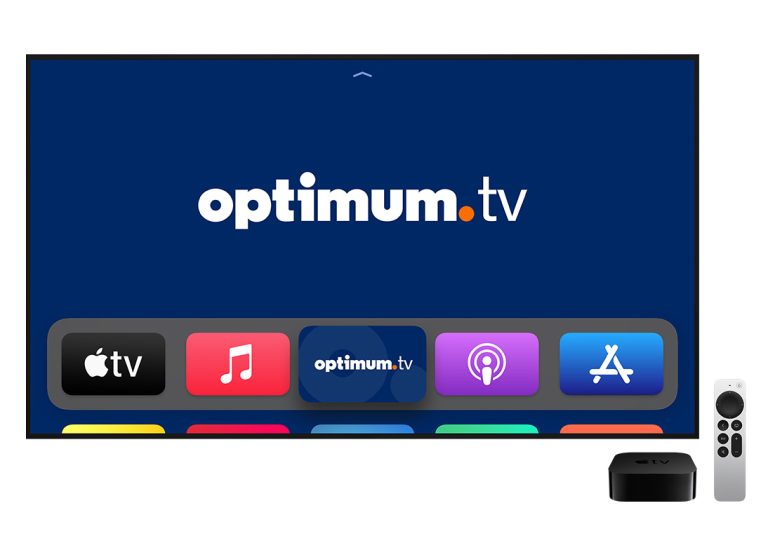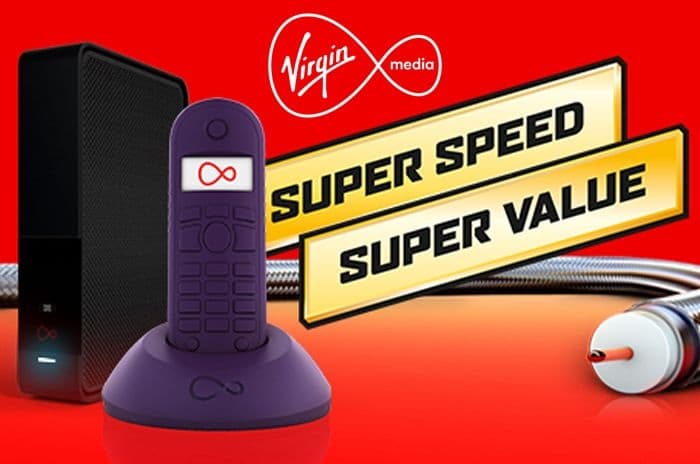Mobile short codes, a concise sequence of digits used for SMS messaging, have revolutionized communication and marketing strategies. They offer a convenient and efficient way to reach a vast audience, enabling businesses and organizations to engage with customers on a personal level. This comprehensive article delves into the world of mobile short codes, exploring their history, applications, best practices, and future trends.
Contents
The Evolution of Mobile Short Codes
The concept of mobile short codes emerged in the early 2000s as a solution to the limitations of traditional SMS messaging. By assigning specific short codes to particular services, businesses and organizations could streamline communication and provide more targeted messages. Initially, short codes were primarily used for premium-rate services, such as voting on reality TV shows or downloading ringtones. However, their versatility quickly led to a broader range of applications.
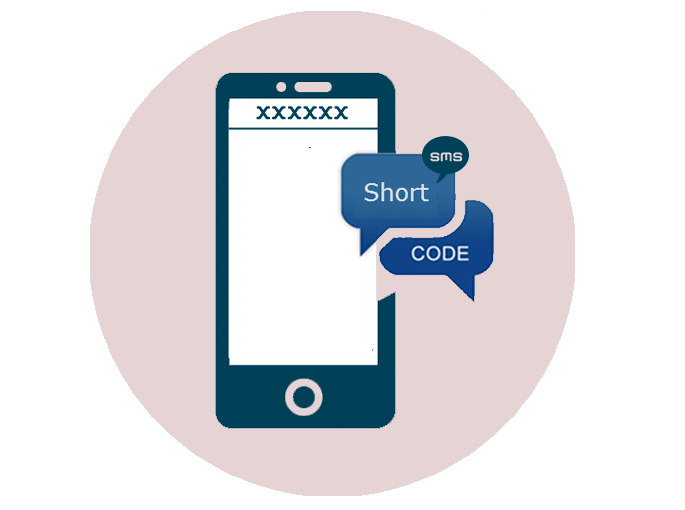
How Mobile Short Codes Work
Mobile short codes operate on a simple yet effective principle. When a user sends a text message to a designated short code, the message is routed to a specific server or application. This server processes the message and generates an appropriate response, which is then sent back to the user. The entire process typically takes place within seconds, providing a seamless and immediate communication experience.
Applications of Mobile Short Codes
Mobile short codes have found widespread applications across various industries, including:
- Marketing and Promotions: Businesses can leverage short codes to run contests, giveaways, and loyalty programs. By encouraging customers to send a text message to a specific short code, they can collect valuable data and engage with their audience on a more personal level.
- Customer Support: Short codes can be used to provide quick and efficient customer support. Customers can send inquiries or requests to a designated short code, and receive prompt responses from a customer service representative.
- Alerts and Notifications: Short codes are ideal for sending important alerts and notifications, such as emergency warnings, appointment reminders, or delivery updates. Their concise format ensures that messages are received and understood quickly.
- Two-Factor Authentication: Short codes can be used as a second factor of authentication for online accounts, adding an extra layer of security. By sending a verification code to a user’s mobile phone, businesses can help prevent unauthorized access.
- Mobile Payments: Short codes can facilitate mobile payments by allowing users to send a text message to a specific code to initiate a transaction. This can be particularly useful for small-value purchases or recurring payments.
Best Practices for Using Mobile Short Codes
To maximize the effectiveness of mobile short codes, it is important to follow these best practices:
- Choose a Memorable Short Code: Select a short code that is easy to remember and associate with your brand.
- Clearly Communicate the Purpose: Inform users about the purpose of the short code and how to use it.
- Keep Messages Concise: Use clear and concise language in your messages to ensure that they are easily understood.
- Provide Opt-Out Options: Allow users to opt out of receiving messages by providing clear instructions.
- Monitor and Respond: Regularly monitor the messages sent to your short code and respond promptly to inquiries or complaints.
The Future of Mobile Short Codes
As mobile technology continues to evolve, so too will the applications of mobile short codes. Some potential future trends include:
- Integration with Social Media: Short codes could be integrated with social media platforms, allowing users to interact with brands and participate in campaigns directly from their social media feeds.
- Enhanced Security Features: Advancements in security technology will likely lead to more robust security measures for mobile short codes, protecting against fraud and unauthorized access.
- Increased Use in Developing Markets: Short codes have the potential to bridge the digital divide in developing markets, providing access to essential services and information.
Conclusion
Mobile short codes have become an indispensable tool for businesses and organizations seeking to engage with their audience on a personal and effective level. By understanding the applications, best practices, and future trends associated with mobile short codes, businesses can harness their power to drive customer loyalty, enhance brand awareness, and improve overall communication.

